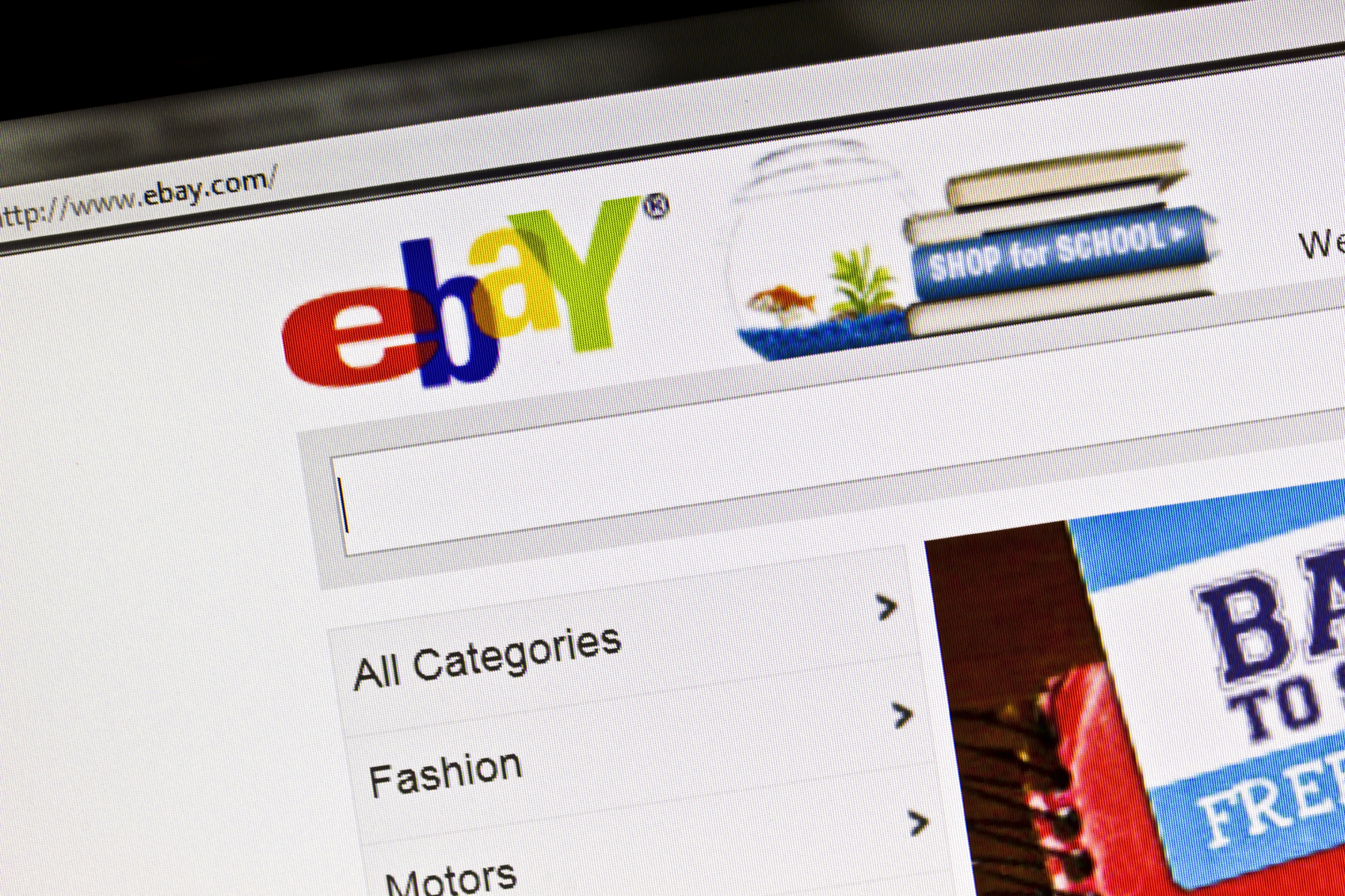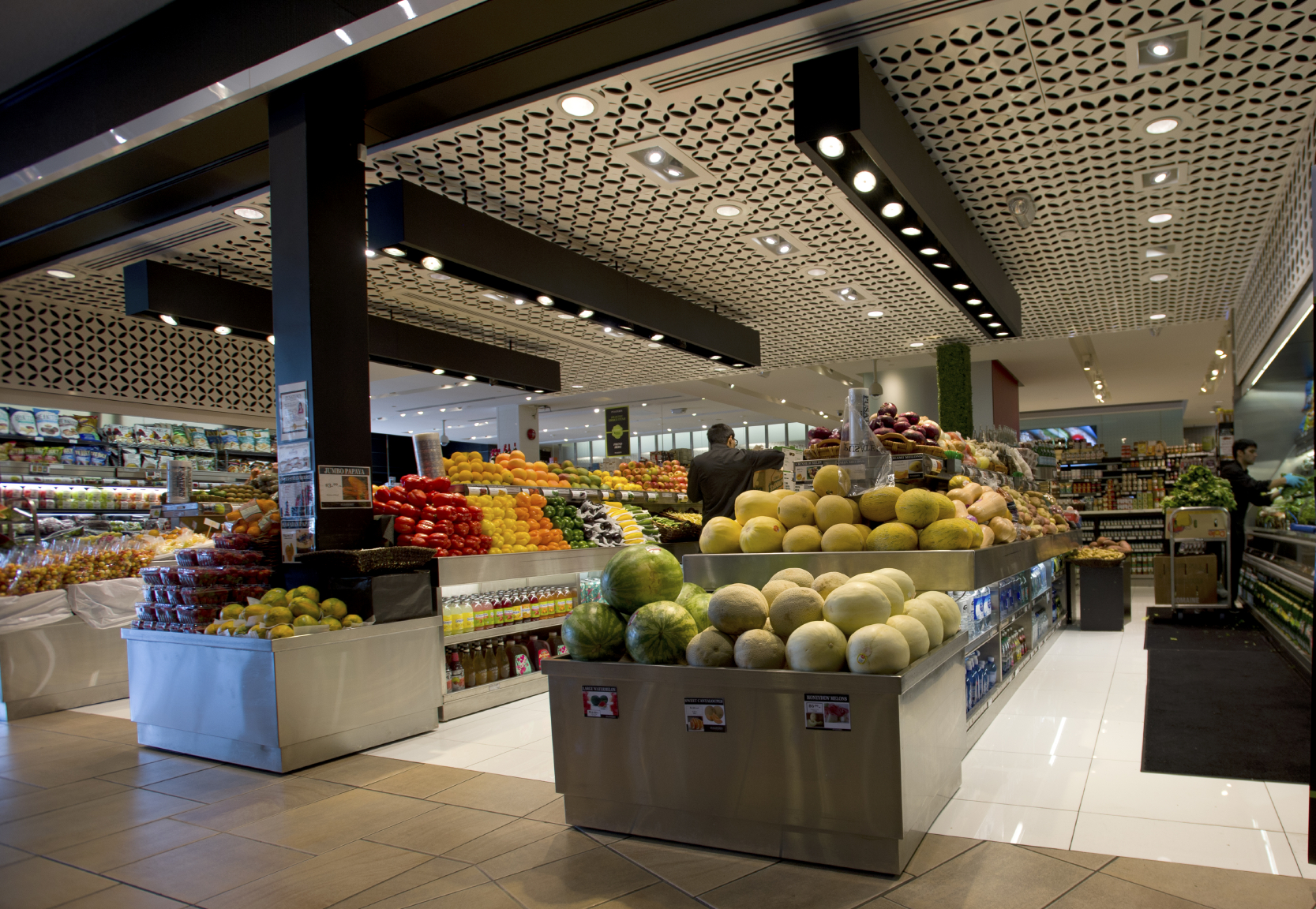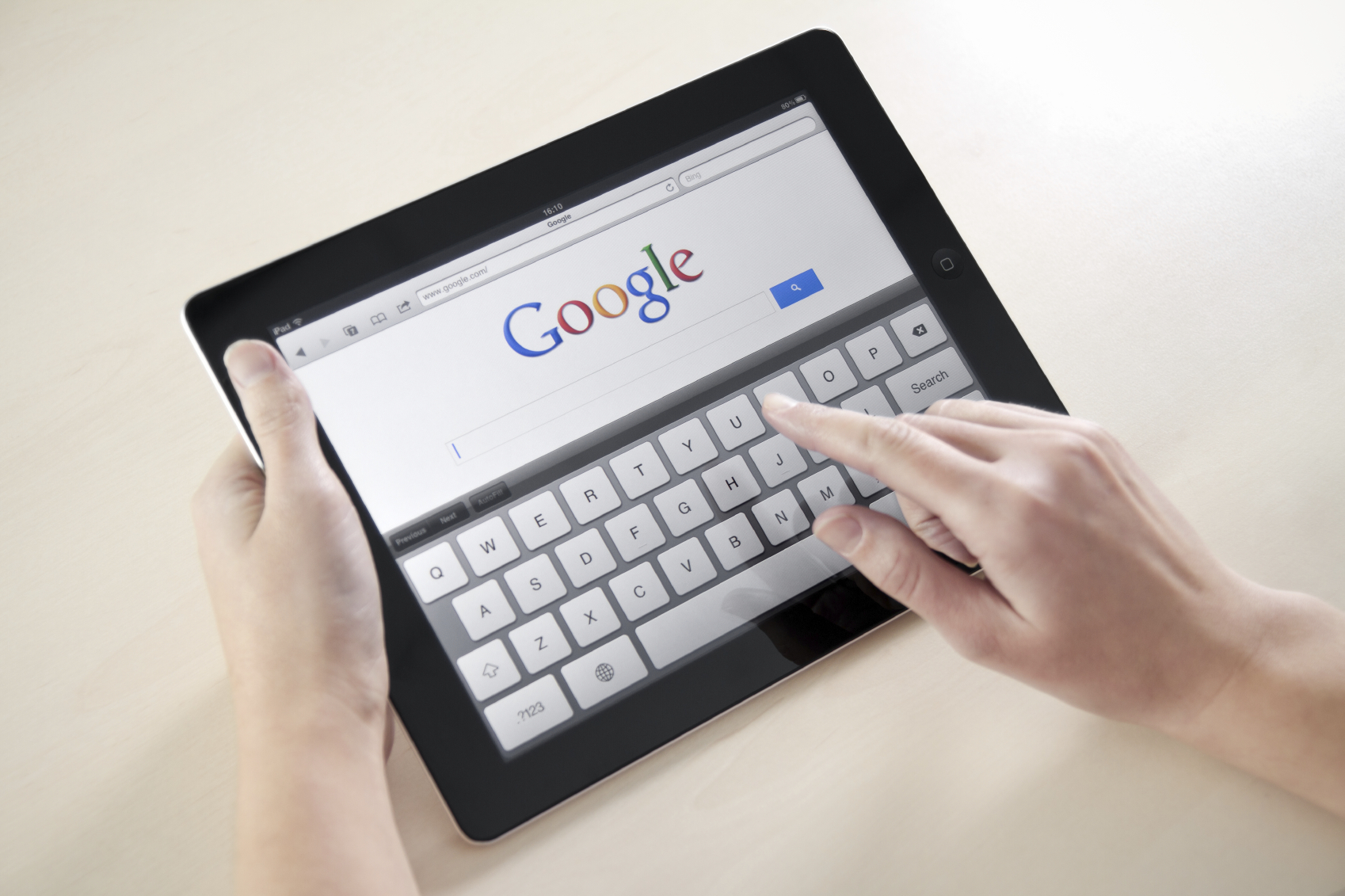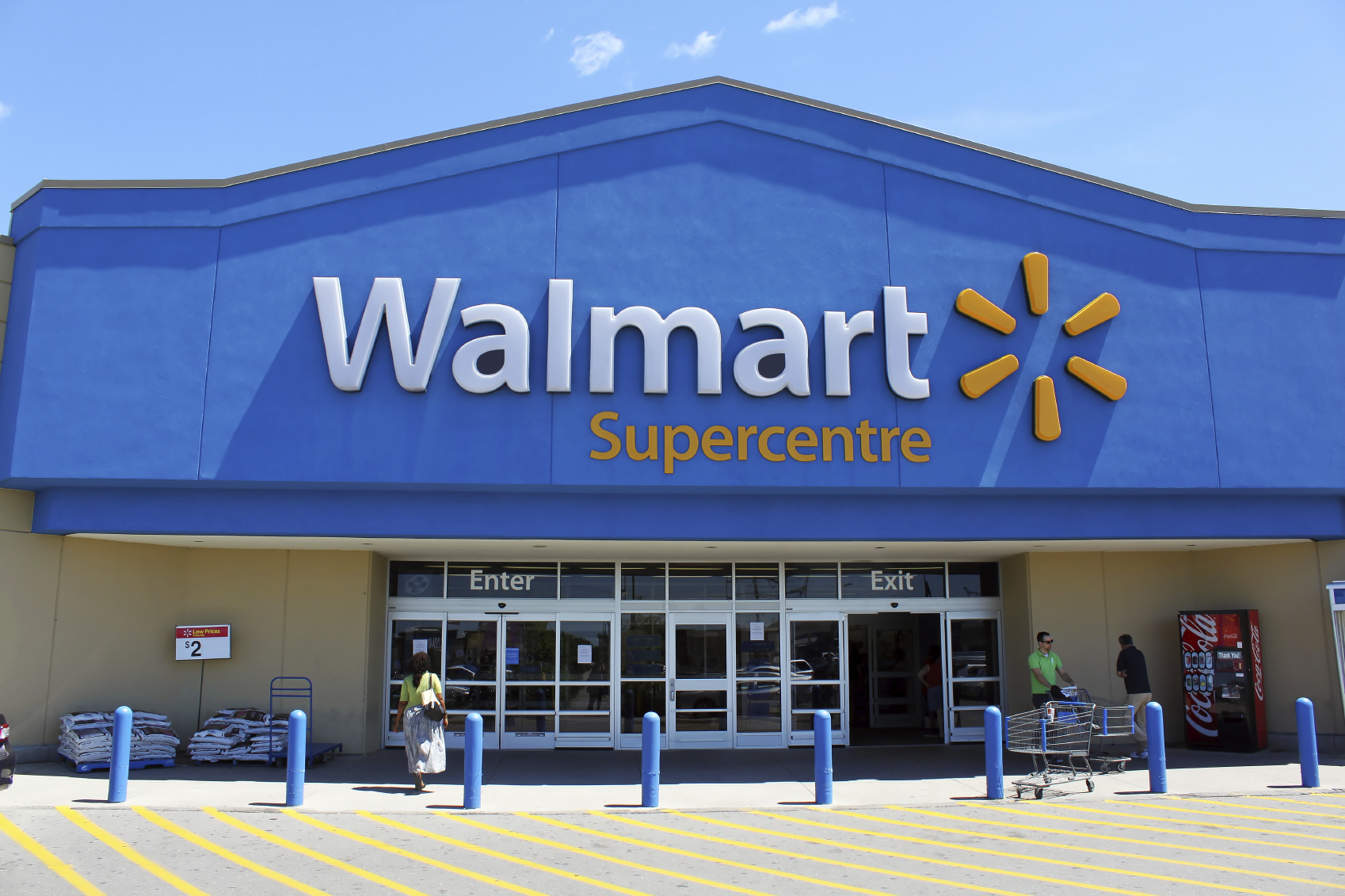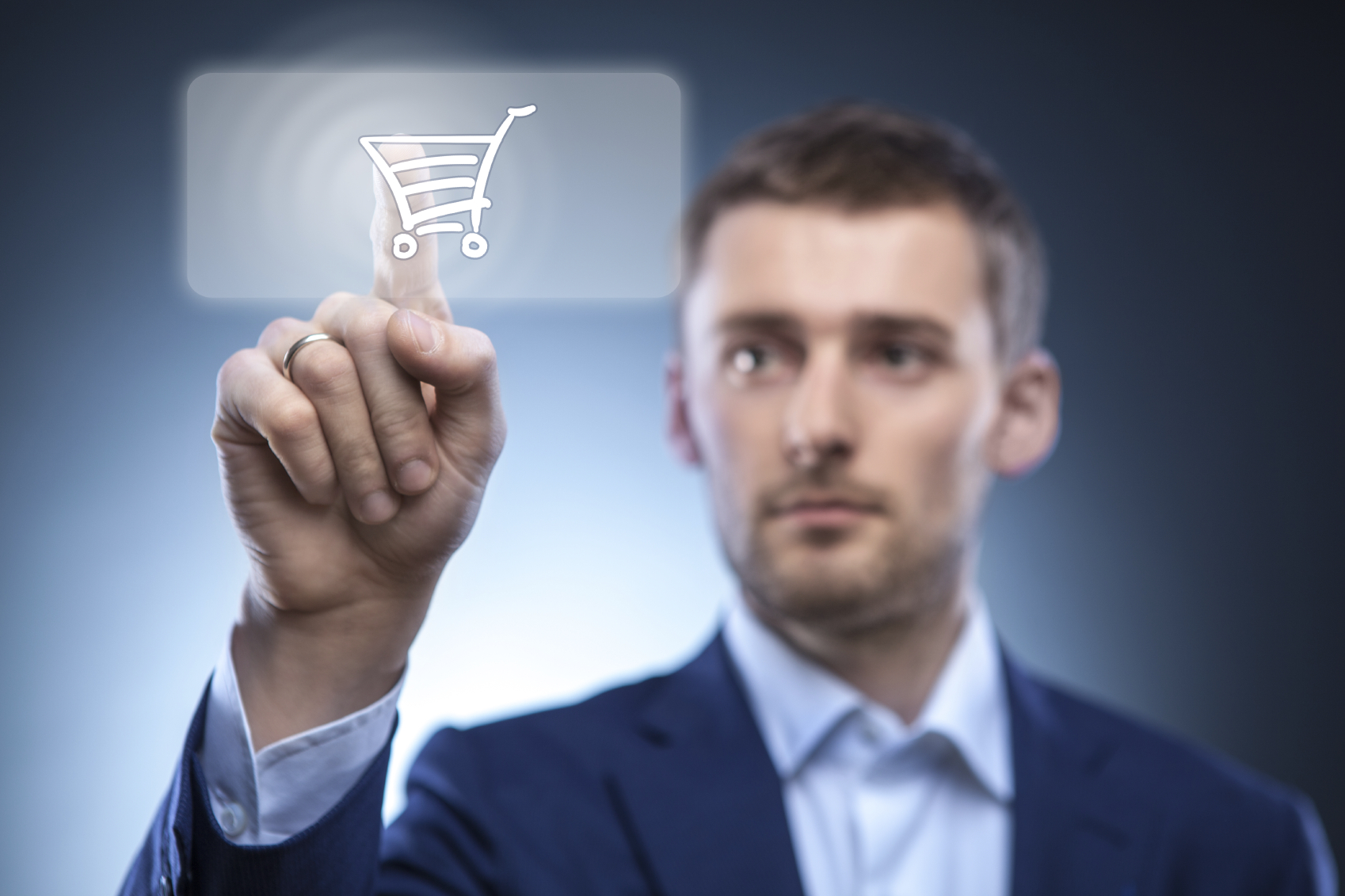Read original article on: WSJ Blog
In recent years, eBay has been lagging behind its competitors like Amazon and Alibaba, which was partly why it decided to spin off PayPal last year. Now just months before the planned split, the former ecommerce leader has quietly started to stage its comeback.
New reports claim that eBay is testing an Amazon Prime-like subscription program in Germany. The program, known as eBay+, promises customers free, expedited shipping and returns for just €15 to €20 (about $17 to $22) per year. For sellers, eBay will be offering discounts on selling fees and a subsidy to help cut the cost of shipping and returns.
Moreover, eBay is also reportedly planning a new ad unit called Promoted Listing that will allow some sellers to elevate their listings above others among the search results. Instead of the usual pay-per-click model, sellers only have to pay when a promoted listing translates into sales.
While it remains to be seen whether this comeback plan will work or not, it is clear that the ecommerce landscape will continues to evolve and expand. Brands operating in ecommerce space need to keep up with the constant changes, as well as the new opportunities they bring.
